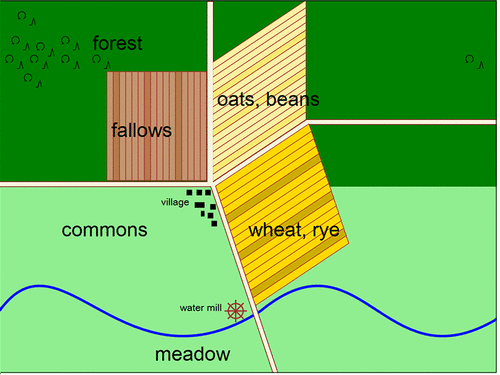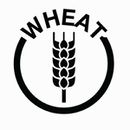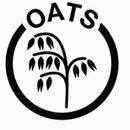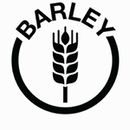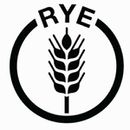Wharram Percy/Farming
- Read the texts.
- Do the interactive exercises.
I saw a poor man and his wife ploughing. She had a short coat, with a sheet on top to keep out the weather. Her feet were bare. At the end of the field was a basket with a little child in it, wrapped in rags. Two others about two years old, stood beside it. They were all crying in misery."
Extract from Pierce the Ploughman's Crede written in the 1390's.“
Three Field System
The village's farmland is divided into three big open fields. This year wheat and rye are being grown in the north field. Oats, barley, peas and beans in the home field and the south field is being left fallow. This means nothing is planted, grass is allowed to grow and the cattle graze on it. This allows the soil to recover from crop growing. Next year the crops will all move round one field.
The Lord keeps most of the land for himself but all the villagers are allowed some strips of land in each field. They are spread around the field so that we get a share of the best and the poorest land.
As well as the fields we have a hay meadow to make winter feed for our animals. All our cattle graze together on the common land near the river during the summer or in the meadow after the hay has been cut.
Strip Farming
The three field system divided the fields up into strips. These were about 6 yards wide and 220 yards long (5 x 200 metres). The oxen needed a rest after they had pulled a plough for 220 yards (a furlong) or "furrow long", and 6 yards width was wide enough for the plough to go up turn and come back down. These fields were completely open, no hedges, with narrow paths between the strips.
Ridge and Furrow
This is an aerial photograph of one of the fields in a village called Grendon in Northamptonshire. The land in this village has not been changed by modern deep ploughing methods and the Medieval Ridge and Furrow strips can clearly be seen.
The Ox drawn plough would turn the soil over to the right as it made it's way along the length of the furrow which was about 220 yards. (That's how the measurement of a FURLONG , one eight of a mile or 220 yards got it's name from "a furrow long".) The plough would be turned and made it's way back down the strip turning the soil over to meet the soil from the last line of ploughing.
These formed the ridges or humps in the field seen in the photograph, leaving furrows or hollows between them. The furrows helped drain the soil. Where the plough turned at the ends of the strip the ridges would usually be flattened out.
Interactive Exercises
Three-Field-System
put in the correct words in the gaps.
The three-field system was an agricultural practice where farmland was divided into three parts.
In the first field, farmers would plant wheat or another type of cereal crop.
The second field would be used to grow crops like peas or beans, which helped improve soil fertility.
The third field was left fallow, meaning it was not planted to allow the soil to recover. But after some weeks weed grew and the farmers led their animals there. The animals were grazing and their dung improved the soil.
This system increased productivity by ensuring that only one-third of the land was unused each year, compared to the two-field system.
Grains and their use
Vocabulary
- cereals
- oats → oatmeal
- wheat → white bread
- fields
- area where food is planted, grown and harvested
- fallow - left unused (Brache, brach liegend)
- meadow
- area where grass grows
pasture where animals graze


